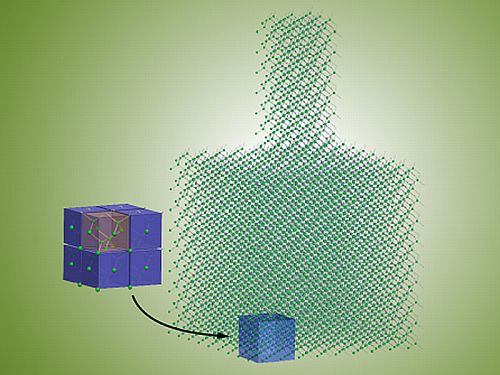It’s been quite some time since researchers were working on the property of thermoelectric material and lately, they were able to develop a prototype that allows electricity to pass through while heat transfer but maintains insulation at the same time. They were able to do this by placing an arrangement of nanopillars on top of the thermoelectric material; to conduct the experiment the material they took was a thin film of silicon.
Effect that thermoelectricity produces refers to a phenomena, where electricity is produced due to the temperature variation between either sides of the material. This means, if electric current is introduced at one end of a material, the other side would remain cold while the former side will become hot. If a good insulating material is used it does not help in being very good transporter for conducting electricity.
Nanophononic Metamaterial
Researchers have been playing around with various chemical approaches to solve this huddle. There have been fabrication of materials that may conduct electricity by remaining insulated on either sides and nanotechnology has proved an effective solution so far.
However, this time, the researchers have taken a structural approach than the former chemical approach. In order to conserve the thermoelectric energy, they have worked upon a concept of what they call as the “nanophononic metamaterial”.
Role of Nanopillars
Generally, when in operation, heat conducts itself in form of atomic vibration, called the phonons but with the introduction of nanopillars, the vibrations of atoms will run into the pillars. These pillars will then act as hindrance and hence diminishing the transfer of heat and at the same time, it showing no effect on the flow of electrons.
By placing the structures of nanopillars on top of a thin sheet of silicon, they were able to change the phonon spectrum. This alteration was a result of a mechanism called the hybridization and this phenomenon was seen between the pillars of nano particles and the underlying atomic lattice dispersion.
Scientists behind the experiment claimed that by leveraging the lattice dynamics of the material, they were able to see fifty percent drop in metamaterial thermal conductivity.
Researchers envision by enhancing the thermoelectric energy conversion, they would be able to recapture the waste heat emitted from appliances and electric equipments including laptops, solar panels and refrigeration devices.




